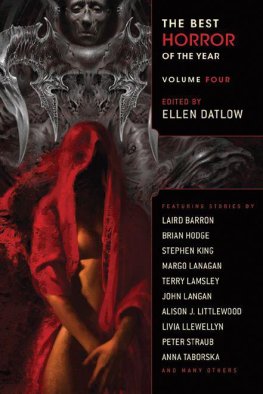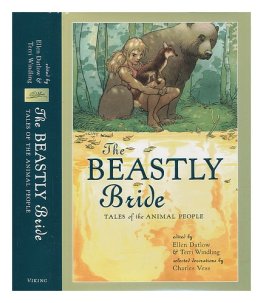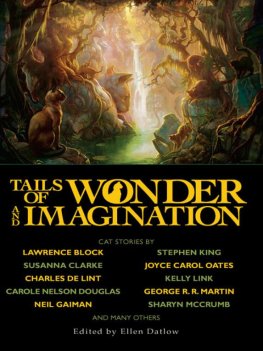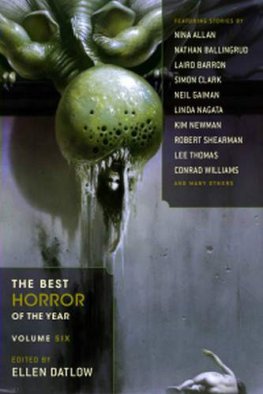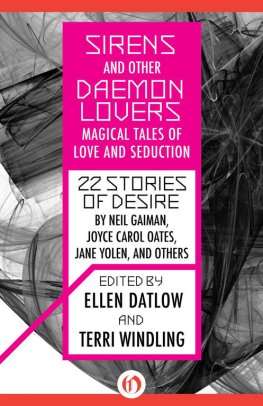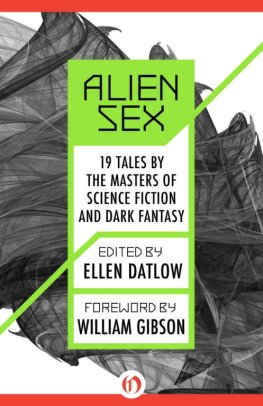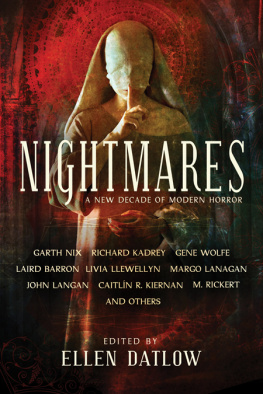Ellen Datlow - Teeth: Vampire Tales
Here you can read online Ellen Datlow - Teeth: Vampire Tales full text of the book (entire story) in english for free. Download pdf and epub, get meaning, cover and reviews about this ebook. year: 2011, publisher: HarperCollins, genre: Detective and thriller. Description of the work, (preface) as well as reviews are available. Best literature library LitArk.com created for fans of good reading and offers a wide selection of genres:
Romance novel
Science fiction
Adventure
Detective
Science
History
Home and family
Prose
Art
Politics
Computer
Non-fiction
Religion
Business
Children
Humor
Choose a favorite category and find really read worthwhile books. Enjoy immersion in the world of imagination, feel the emotions of the characters or learn something new for yourself, make an fascinating discovery.
- Book:Teeth: Vampire Tales
- Author:
- Publisher:HarperCollins
- Genre:
- Year:2011
- Rating:3 / 5
- Favourites:Add to favourites
- Your mark:
- 60
- 1
- 2
- 3
- 4
- 5
Teeth: Vampire Tales: summary, description and annotation
We offer to read an annotation, description, summary or preface (depends on what the author of the book "Teeth: Vampire Tales" wrote himself). If you haven't found the necessary information about the book — write in the comments, we will try to find it.
Teeth: Vampire Tales — read online for free the complete book (whole text) full work
Below is the text of the book, divided by pages. System saving the place of the last page read, allows you to conveniently read the book "Teeth: Vampire Tales" online for free, without having to search again every time where you left off. Put a bookmark, and you can go to the page where you finished reading at any time.
Font size:
Interval:
Bookmark:
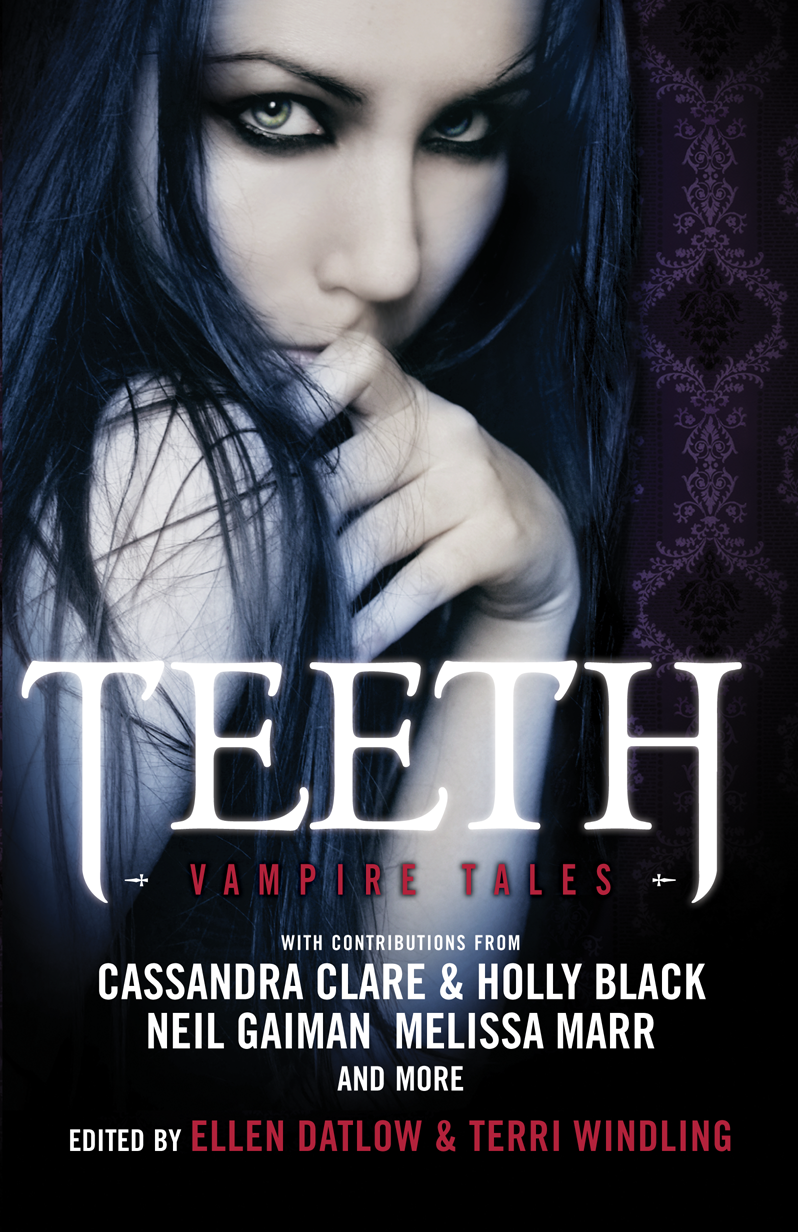
TEETH
VAMPIRE TALES
EDITED BY
ELLEN DATLOW & TERRI WINDLING

The editors would like to thank Anne Hoppe, Merrilee Heifetz, Jennifer Escott, Heinz Insu Fenkl, Howard Gayton, Ellen Kushner, and Delia Sherman for their assistance with this book.
For the fantastic Merrilee Heifetz
Contents
Introduction
by Terri Windling & Ellen Datlow
Okay, lets admit it: Vampires are hot. Not only hot as in irresistibly attractive, if your amorous taste runs to dark and dangerous (or, in the case of Twilight s Edward Cullen, rock hard and glittery), but also hot as in spectacularly popular in all forms of media today. There are vampire films, vampire TV shows, and so many vampire novels on the shelves that some bookstores now give them their own special section. There are vampire bands, vampire styles, vampire internet forums and journals, and even a fringe subculture of people who claim to drink human blood. Magazines tout the new vampire craze that has suddenly taken teen culture by storm. Fact is, this craze is nothing newits been raging for at least two centuries, ever since Lord Byron and his friends (who were in their teens and twenties themselves) created the first vampire bestseller... and in the process gave birth to the genre of English Gothic literature.
But first, lets look at the vampires origins in the ancient tales of myth, for in this form, Edward Cullens ancestors are very, very old indeed. Although the word vampire derives from the legends and folk beliefs of the Slavic peoples, vampirelike creatures can be found in the oldest stories of cultures all around the globe. Bloodsucking spirits of various kinds populated the early legends of Assyria and Babylonia, for example. Some of these foul creatures were human in origin: They were the souls of the restless dead, condemned by a violent death or improper burial to haunt the lands where once they dwelled. Others were supernatural, such as Lilitu, whose tales were once known throughout Mesopotamia. Lilitu had been a sacred figure in Sumerian goddess mythology, but over time she devolved into a fearsome demon, famous for seducing and devouring men. Hungering insatiably for the blood of infants (especially those of noble lineage), she prowled the night in the form of a screech owl, hunting down her next victim.
Likewise, the vampires of Central and South America were usually female figures. Sometimes dangerously seductive, and sometimes birdlike and hideous, they were generally the ghosts of women who had died childless, or in childbirth, and who now haunted the landscape thirsting for the blood of living children. Many of the tribes of Africa also had stories about vampirelike beings with a penchant for blood that was young and fresh. The adze, in the tales of the Ewe tribe, could appear in the form of a firefly or as a misshapen human with jet-black skin. It lived on palm oil and human blood; the younger its victim, the better. The obayifo, in Ashanti tales, was a malevolent spirit who inhabited the bodies of seemingly ordinary men and women, causing them to hunger obsessively for the blood of children. They hunted at night, when they could be detected by the phosphorescent glow from their anuses and armpits.
The ghul, a particularly nasty vampiric demon in old Arabian tales, was a shape-shifter who dwelled in the desert and preyed upon travelers. The ghul robbed and slayed its victim, drank his blood, feasted on his rotting corpse, and then took on the dead mans appearance as it lay in wait for its next meal. In India, cemeteries were the haunts of all manner of vampiric spirits who preyed upon the living; they were the malevolent souls of those buried without the proper funeral rites. China, too, had an extensive tradition of revenants caused by improper burial procedures; the ghosts created in this manner ranged from deadly bloodsucking, flesh-eating creatures to those who were merely melancholic and annoying. Rice, not garlic, was the most effective means of keeping Chinese vampires at bay, for they had a strange compulsion to count . Throwing rice at the ghost compelled it to stop; it would not move again until each grain was counted.
Russia and the Slavic-language countries of eastern Europe had the highest concentration of vampire tales of any region of the world, but other kinds of bloodsucking beings were not unknown in the rest of Europe. The bruxsa of Portugal, for example, was a seductive bird-woman (similar to Lilitu) who seduced unwary men, drank the blood of babes, and practiced all manner of witchery. The mullo of Romany Gypsy tales was the animated corpse of a man or woman who had died violently and unavenged (or, again, without a proper burial). There were stories in which the mullo lived undetected for a span of years and even married, but always some strange aspect of his or her behavior would eventually give the game away. The strighe and stregoni of Italy were sorcerers who ingested human blood to enhance their powers in the working of black magic. They also sucked the life essence out of crops and animals and were greatly feared. Italy was unusual in having tales about good vampires as well: the stregoni benefici, who worked white magic, assisted in funerary rites and protected the populace from the harm caused by their more malevolent kin.
The folklore of the British Isles contained a variety of flesh-eating revenants and ghouls, and even a bloodsucking fairy or two, but vampires themselves did not arrive on English shores (or in the English language) until the eighteenth century. In 1721, English newspapers reported that a series of savage vampire attacks was terrifying the good citizens of East Prussia. Vampires, newspaper readers now learned, were dead people who would return to life to prey on the blood and flesh of the livingeither because the dead person had sinned terribly against the church (by practicing occult magic, for example) or because an improper burial had allowed an evil spirit entrance into the body. Soon more vampire attacks were reported all across the Hapsburg Monarchy, kicking off a mass vampire hysteria that raged through eastern Europe for the next two decades. Suspected vampires were hunted down, graves were dug up, and suspicious corpses were staked, until the Hapsburg empress Maria Theresa finally put a stop to the whole crazy business by passing strict laws prohibiting the exhumation of graves and the desecration of dead bodies.
The Eighteenth-Century Vampire Controversy (as this strange slice of history became known) went on to inspire a number of famous German poemsincluding The Vampire by Heinrich August Ossenfelder and The Bride of Corinth by Johann Wolfgang von Goethewhich were huge hits in their English translations. Poetry in the eighteenth and nineteenth centuries was a much bigger deal than it is today everyone read poetry (everyone in the literate classes, that is), and the most popular poets had fans just as avid as Stephenie Meyers or Neil Gaimans are now. The most popular of them all, the English poet Lord Byron, left a trail of swooning readers in his wake, as mesmerized by his dark good looks and his scandalous life as by his poetry. Although he was not the first English poet to put vampires into verse (that credit belongs to Robert Southey), it was Byrons rock-star fame and glamour that gave vampires a new glamour of their own: first when he used vampire lore in his epic poem The Giaour in 1813, and then, a few years later, when he conceived a horror story about an English aristocrat turned vampire. That vampire is the great-great-granddaddy of the vampires we know and love today.
Font size:
Interval:
Bookmark:
Similar books «Teeth: Vampire Tales»
Look at similar books to Teeth: Vampire Tales. We have selected literature similar in name and meaning in the hope of providing readers with more options to find new, interesting, not yet read works.
Discussion, reviews of the book Teeth: Vampire Tales and just readers' own opinions. Leave your comments, write what you think about the work, its meaning or the main characters. Specify what exactly you liked and what you didn't like, and why you think so.


